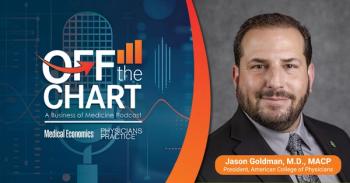
12 strategies to improving prior authorizations
1 Inform staff Brief practice staff on each patient’s medical history to encourage more detailed documenting on symptoms and prior treatment measures to reinforce requests.
2 Parse payers Focus the practice’s attention on payers that insure the majority of the patient base and keep summaries of what they typically require to have at the ready.
3 Track wins and losses Track what types of care are frequently denied … and those that are consistently paid on time, and learn from both.
4 Seek best practices Seek guidance from fellow physicians and specialty practices on how they are finding success.
5 Mind medications Keep a list of common medications that trigger prior authorizations so staff and physicians can be prepared when one is needed.
6 Doc talk Encourage nurses and practice staff to better inform physicians when prior authorization issues arise so they are in the loop.
7 Convenient call times Target slower times and days for the practice to handle prior authorization calls.
8 Meet the need Find out how payers prefer prior authorization communication-fax, phone or electronically-and try to accommodate without inconveniencing the practice.
9 Symbol shorthand Whether in your electronic health record system or even on paper, note which medications are on a pharmacy’s formulary and keep that list up to date.
10 Monitor the measures Keep a list of payer criteria for prior authorizations handy so physicians know what kind of information to include in the request to better the chances of success.
11 Payer point of contact If possible, assign a staffer to one or two payers each so they are familiar with the requests and the rules for prior authorizations and make connections with their insurer.
12 Track requests Have a system in place to follow the request from start to finish to ensure it doesn’t get lost in the shuffle of daily practice activity.
Newsletter
Stay informed and empowered with Medical Economics enewsletter, delivering expert insights, financial strategies, practice management tips and technology trends — tailored for today’s physicians.
















